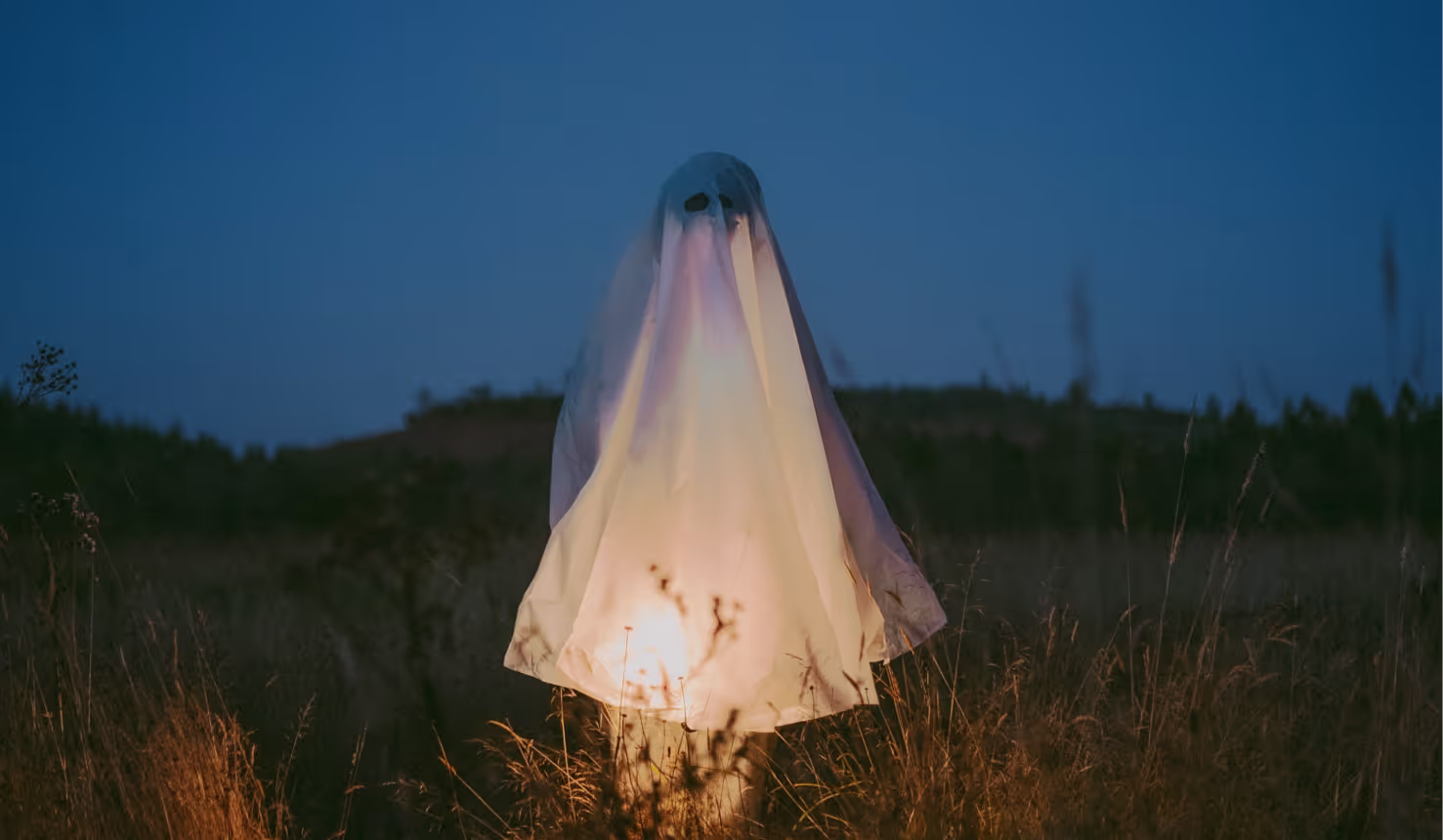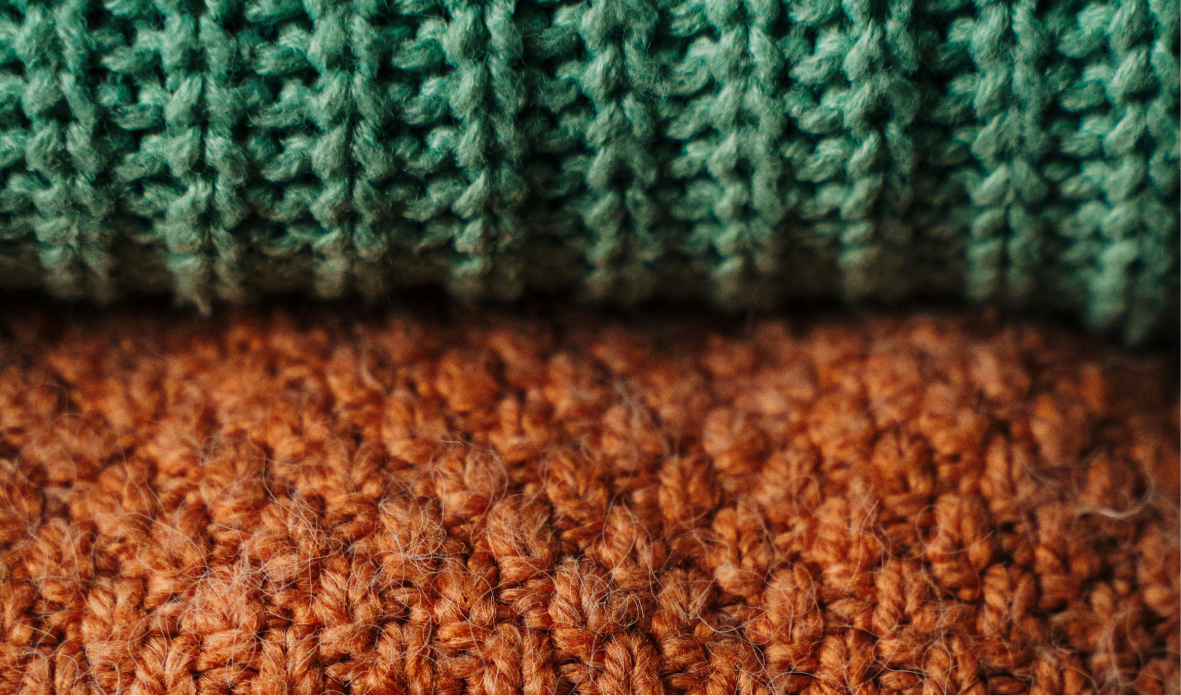Easy Tips for Zero-Waste Costumes

Join the community





Halloween costumes are often manufactured to last for just a few wears. To keep prices low, fabrics are made from unrecyclable plastic and end up in landfills. The single-use designs, low-quality synthetic materials, fast fashion production, excessive packaging, and short lifecycles make Halloween a high-waste holiday.
Unethical labor practices, synthetic dyes, and limited usability compound the issue. Trend-driven consumer demands, lack of awareness, and overconsumption contribute to the environmental impact, as many costumes end up as waste after minimal use.
Whether you decide to do a DIY Halloween costume or recreate a look from thrift store finds, try these tips for a more low-waste Halloween costume:
Start With What You Have
- Upcycling: Use old clothing or materials you already have to create a unique costume. For example, turn old clothes into a zombie costume or a scarecrow outfit.
- Reusable Accessories: Use accessories that you already own or can repurpose for your costume, reducing the need for new items.
- Reuse Yearly: Create timeless costumes that you can reuse year after year with minor modifications.
Go Secondhand
- Thrift Stores: Shop at thrift stores or secondhand shops for costume components. You can find various items that suit your costume idea without contributing to new production.
- Connect with community: Reach out to your local Buy Nothing Group for the materials, clothes, or props you need.
- Swap with Friends: Organize a costume swap with friends or family members to exchange costumes from previous years.
Mindful DIYs
- Recycled Materials: Get creative and make accessories or costume elements using recycled materials, like cardboard, paper, or fabric scraps.
- Biodegradable Glitter: If your costume requires glitter, opt for biodegradable glitter, which is eco-friendly and doesn't harm the environment.
- Biodegradable Makeup: Opt for eco-friendly makeup brands that use natural and biodegradable ingredients.
- Natural Fabrics: When you can, use natural and sustainable fabrics like organic cotton, hemp, or bamboo instead of synthetic materials.
- Natural Dyes: If your costume requires coloring, consider using natural dyes instead of synthetic ones. Beet juice, turmeric, and other kitchen items can create vibrant colors.
When You Buy, Use These Guidelines
- Avoid Fast Fashion: Steer clear of cheap, disposable costumes produced by fast fashion brands that contribute to environmental issues.
- Minimal Packaging: Avoid costumes that come with excessive packaging. Choose items with minimal packaging or buy second-hand costumes.
- Donate or Recycle: After Halloween, consider donating your costume to thrift stores or community centers, or recycling it responsibly.
By mixing and matching these ideas, you can put together a unique and environmentally-conscious Halloween costume that aligns with your values.










.png)


